Black Gate Goes to the Summer Movies: The Avengers

So begins my long trip through the genre movies of the Summer of ’12 for Black Gate and benefit of several readers. I’m glad that things got off to a tremendous start.
As in a recording-shattering $207 million dollar take at the U.S. box-office, for a total of $640 million globally — so far. Oh, what a menacing term: “so far”!
The Avengers is not the end product of five movies and five years of preparation from Marvel Studios. It’s a beginning. While the two Iron Man films (2008 and 2010) were smash hits, the other three superhero films in the Avengers roster (The Incredible Hulk, Thor, and Captain America: The First Avenger) were more standard successes, and they meant more to the comic book fan-base than to general audiences. Now, the general audience is pumped to get more from these characters. All the Avengers are now major public stars, and with this insane success, Marvel is poised to truly unleash their stable of heroes on a public than will be drooling and clawing to get more.
I have watched The Avengers twice in theaters on its opening weekend, something I haven’t done since The Lord of the Rings films. That’s a review in itself, but a since I am 1) a Marvel zombie and Avenger fan since childhood, and 2) inaugurating this series of movie reviews for the summer, I have an obligation to go in-depth on this stupendous piece of entertainment cinema. I will avoid big spoilers as much as I can, since this is technically still a “review,” but some tidbits about the massive set-pieces will leak out. But you’ve seen the film already at least once, right? Three times, anyone? (I know plenty who are “three times and counting.”)
Okay, let’s assemble and do this.
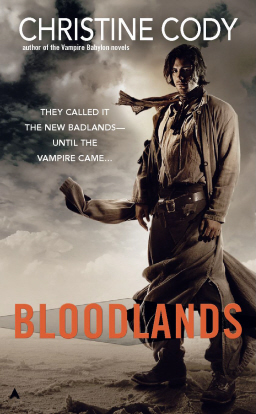
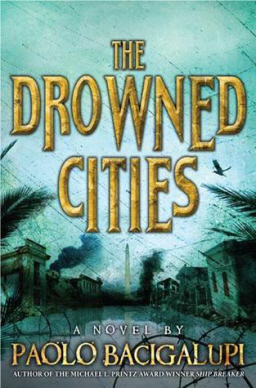
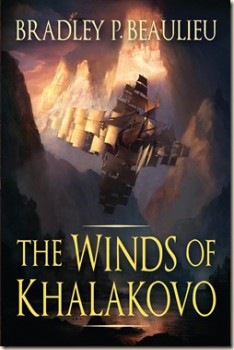 The Winds of Khalakovo
The Winds of Khalakovo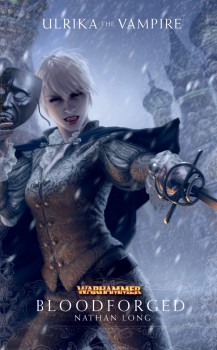
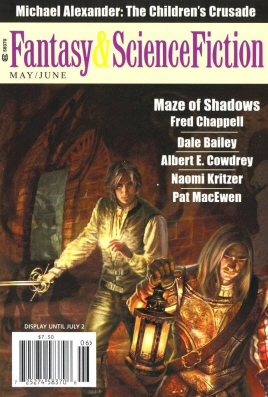
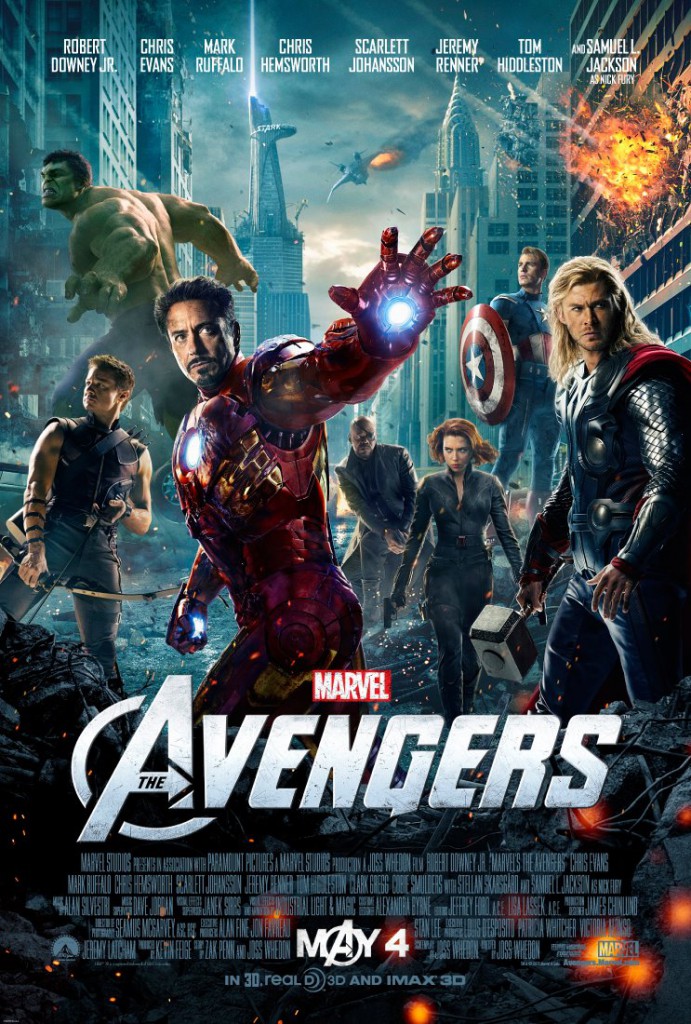 Disclaimer: This article will reference some scenes from The Avengers film. While I’ve tried to avoid specific spoilers about major twists, there are some things that give away plot elements and twists from the other Marvel Comics movies, such as Thor.
Disclaimer: This article will reference some scenes from The Avengers film. While I’ve tried to avoid specific spoilers about major twists, there are some things that give away plot elements and twists from the other Marvel Comics movies, such as Thor.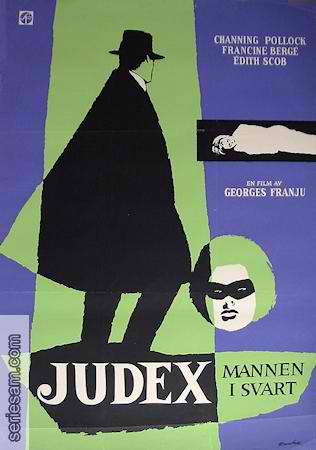
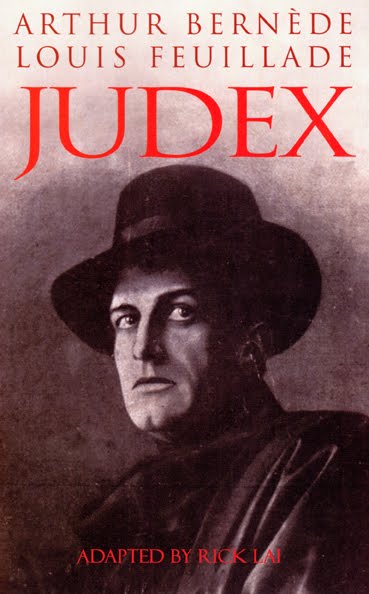

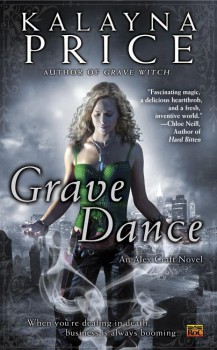 Grave Dance
Grave Dance